Are you tired of your dry hair and want natural oils for low porosity hair?
Knowing the type of your porosity hair will make it easy for you to choose the best hair products that will make your hair more healthy, strong, and perfect.

What is hair porosity?
The first step to get the most healthy curl routine is to know the type of your hair porosity.
Knowing your hair porosity facilitates finding the best effective routine to take care of your hair.
Simply hair porosity is the ability of your hair to absorb and retain moisture and oils.
The hair shaft consists of three layers:
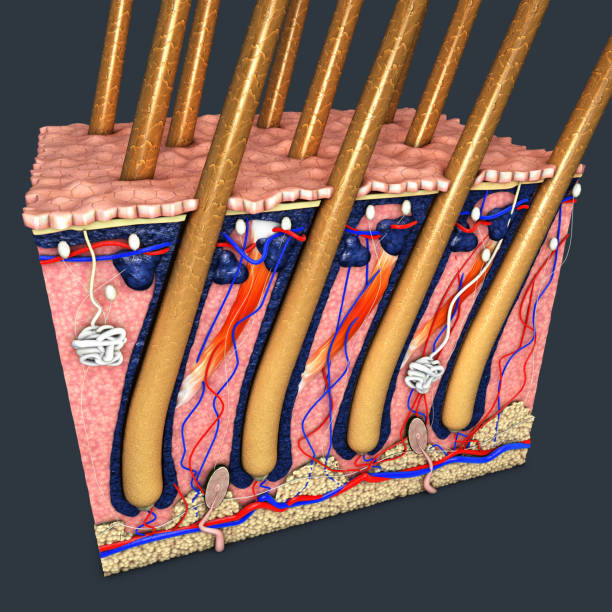
1)The medulla:
It is the deepest layer and it is shown in the large and thick hairs.
2)Cortex:
This is the middle layer and it is responsible for the strength, color, and texture of the hair.
3)Cuticle:
The outermost layer protects the hair shaft from damage, it consists of dead cells overlapping in layers.
The cuticle layers when they are very close together cause the hair to be low porosity.
When they are slightly less attached the hair porosity becomes normal, However, when the spaces between the layers are more widely spread the hair porosity becomes high.
How to know your hair porosity type?

1)The three minutes test:
Wash your hair and make sure that your hair won't have any cream or oily product to get accurate results.
First, comb your hair and put some strands that will shed in a glass of water (prefer to be transparent).
If the strands float on the top, this indicates that you have low porosity hair.
If the strands sink very fast, you have high porosity hair.
If the strands float then sink gradually, your hair porosity is normal or moderate.
2)Stretching test:
Another simple way to find out your hair porosity is by stretching a small part of your hair by putting strands between your thumb and finger then move your hand from the tip towards the scalp:
If your hair is normal porosity, your fingers move smoothly, but if strands break or their touch feels rough, then your hair is high porosity.
If the touch of your hair feels thick and hard and your fingers move easily, this indicates that you have low porosity hair.
Try this test from different places of your hair to be assured of results: crown, nape, front hairline.
Unfortunately, all of these tests aren't accurate and it is just a lie!
Because your hair naturally has oils in it and even if you wash your hair very well this not all the products in your hair will leave your strands simply!
So does this mean you can't know your hair porosity?
Of course not, it just needs your attention to know that.
When you take a shower does your hair absorbs water quickly and you can easily dry it up, this is a sign of having high porosity hair.
Or does your hair take a long time to absorb the water and it also takes longer to dry up, this indicates you have low porosity hair.
Reasons for low porosity:
The cuticle layer is the main factor that affects the degree of hair porosity.
Low porosity can be caused by genetic factors or others such as high temperature, products that contain a chemical substance as ammonia.
All of these affect the health of your hair and make things worse if you don't know the most effective routine that your hair needs.
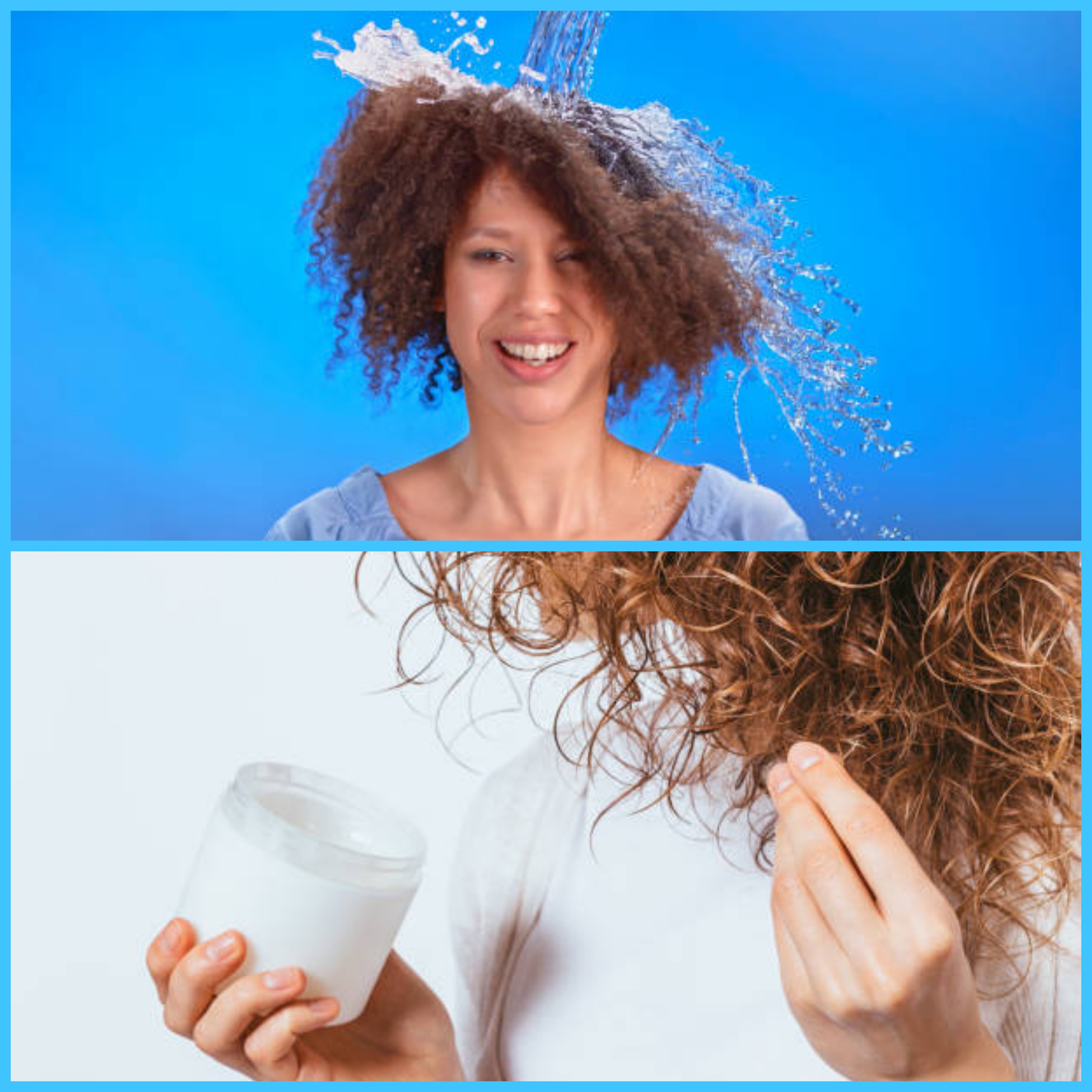
Signs of low porosity hair:
Let's continue with the signs of low porosity hair :
1)Your hair takes too long to absorb water or moisture.
As the cuticle layers are tightly bound together so it takes a long time for the water to saturate all your hair, and it takes a longer time for the water or moisture to get out of your hair even if you use a dryer.
2)When you use some kind of hair product such as oil or moisturizer it tends to sit on your hair and a small amount will be absorbed, this causes products to accumulate on the surface of your hair and form unwanted buildup which makes the hair dry and dirt.
3)The Conditioner doesn't work well with your hair.
4)You have a lot of dandruff.
oils for low porosity hair:
Light oils are the best oils for low porosity hair.
Unlike heavy oils, light oils can penetrate the tight cuticle layers easily so the hair can absorb them and they won't accumulate on the hair or scalp; this enables the hair to grow and reduce hair dandruff.
Examples of light oils:

•Sesame Oil:
It is one of the oils for low porosity hair and it has a lot of vitamins, proteins, and other natural antioxidants.
It can penetrate hair very deep so it has a good moisturizing effect.
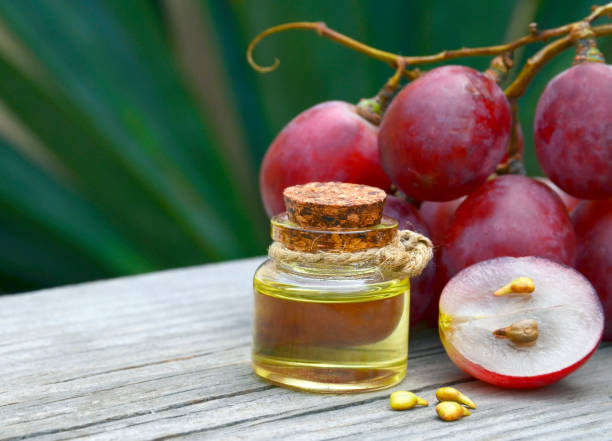
•Grapeseed oil:
oils for low porosity hair include another oil and it is the best choice for you if you have an oily scalp or your hair strands are thin as it can moisturize your hair without burdening your hair.
It not only moistures your hair but also strengths it and protects your hair from heat dryers.

•Sunflower oil:
It has a double effect on your hair, it not only moisturizes your hair but also conditions it.
It is a natural oil that belongs to oils for low porosity hair and it boosts the strength and growth of the hair.
It reduces hair thinning, and it contains Vit. A and E antioxidant and antibacterial properties, so it makes sunflower oil the favorable oil for dry and itchy scalp.
Here are other famous oils for low porosity hair:

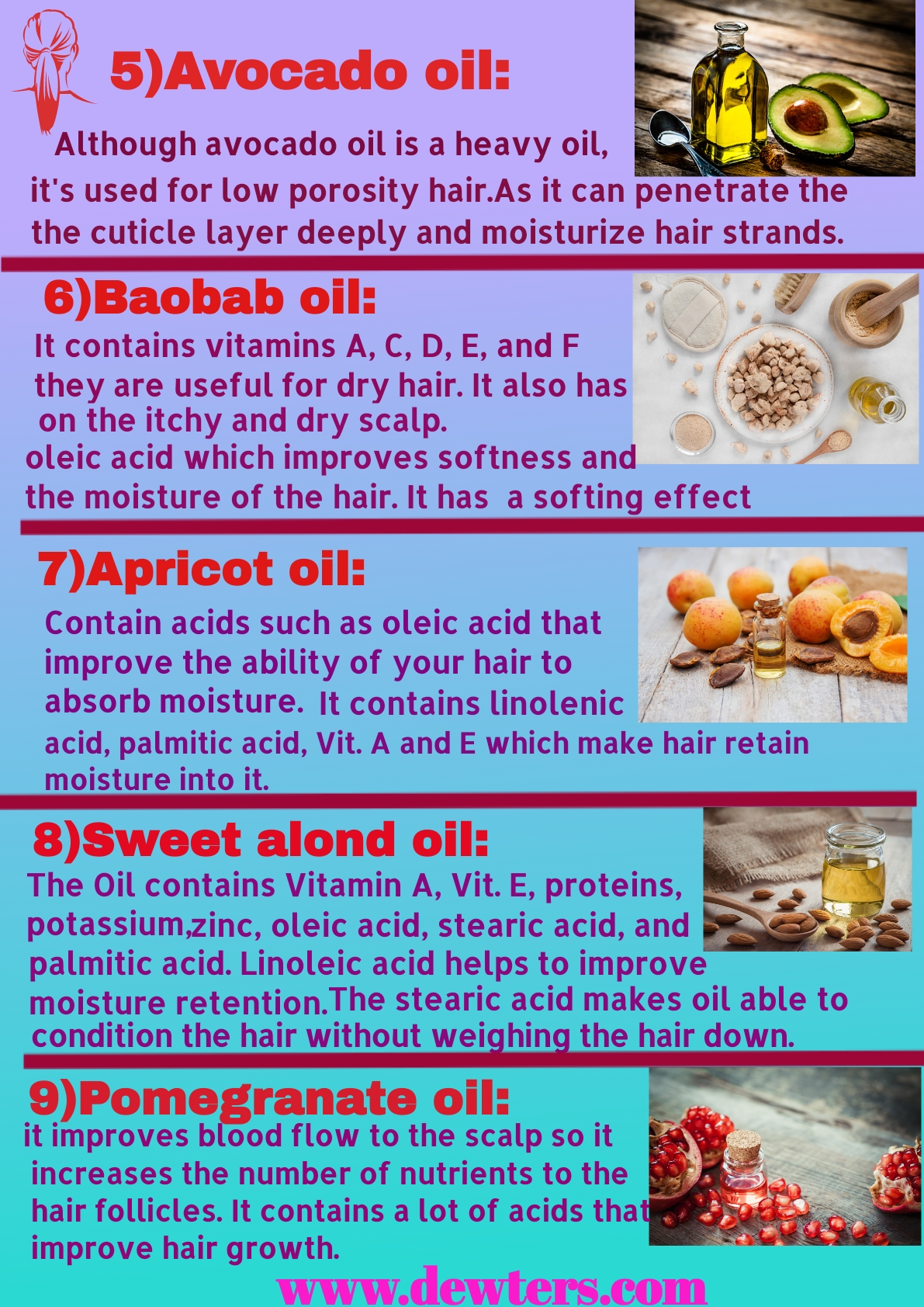
Tips to take care of low porosity hair:
Now you know that the cuticle layers are very close together and thus make it a challenge for oils and moisture to saturate the hair shaft.
The puzzle key is in finding products that can easily
penetrate your hair and moisturize it.
There is some advice in choosing your hair products for low porosity hair:
1)Pre-poo:
Before using shampoo, divide your hair into 6 or 8 sections and separate them from each other by using clips, after that apply any light oils for low porosity hair before covering all the hair strands then cover your hair with a shower cap and leave it for 30 minutes then wash your hair.
This will soften your hair and moisturize.
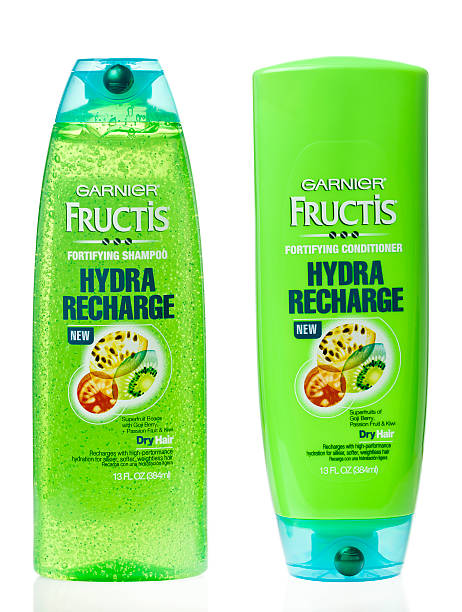
2)Shampoo:
It is preferred to choose the shampoo that contains glycerin or honey as they can easily penetrate cuticle layers and soft your hair.
Although sulfate removes dead skin cells, oil, and dirt, the shampoo should be sulfate and silicone-free as sulfate may also remove natural oil and moisture in your hair, leaving it dry.
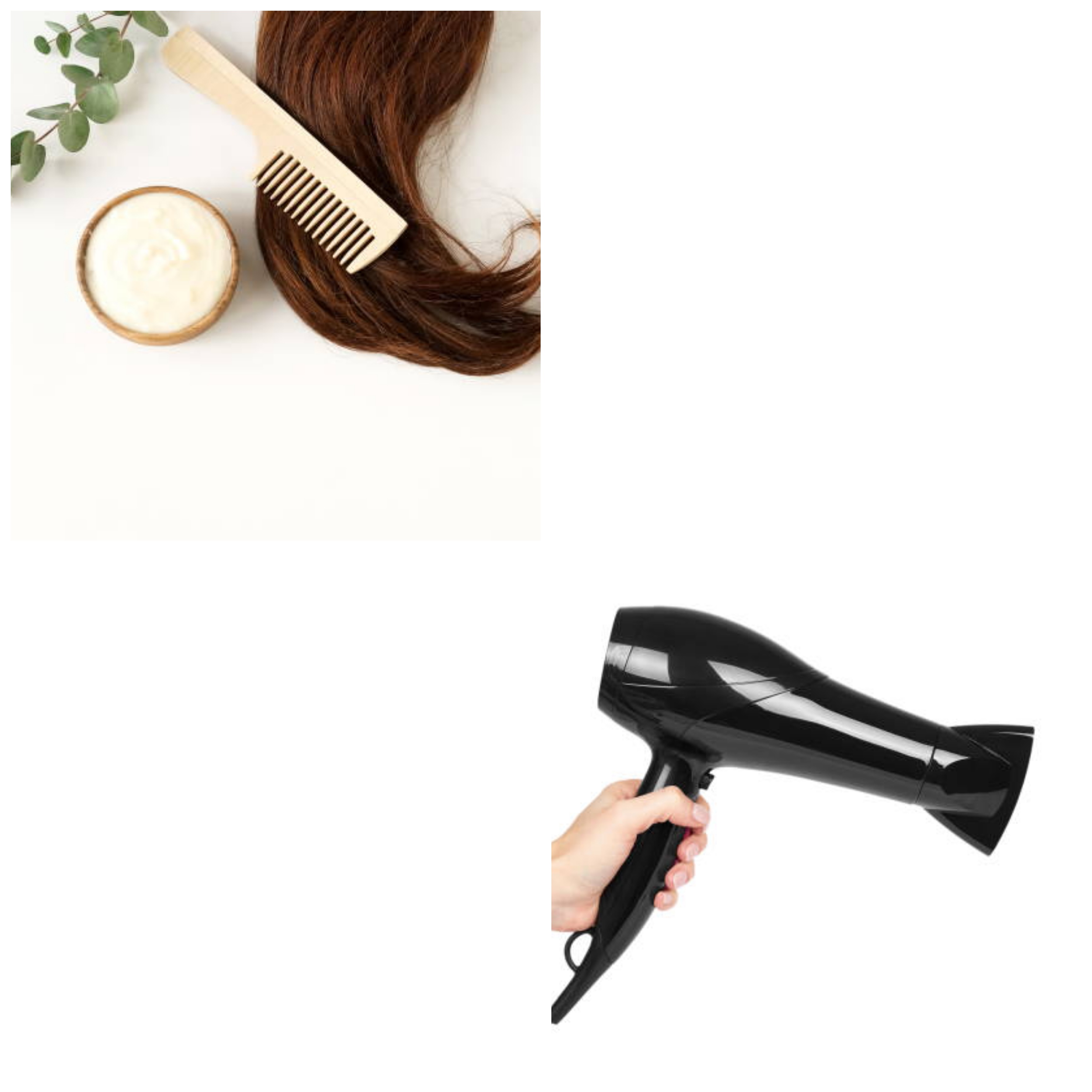
3)Conditioner:
For low porosity hair, you should stay away from conditioners with high protein as the hair already contains a high concentration of protein in it, and proteins will take the moisture out of the hair thus increasing the chance of hair breakage.
leave-in conditioner is favorable for your hair but you should choose the conditioner that contains humectant agents such as honey, little protein, oils for low porosity hair such as avocado, baobab oil, and lightweight ingredients so the conditioner won't sit on your hair and penetrate the hair then moisture it.
For best results, you can use a steamer or head cap which will help the conditioner to penetrate your hair because it opens the cuticle layers.
You can dilute your conditioner to make it easy for your hair to absorb.
Stay away From the hair products :
•Remember to stay away from hair products that are low Ph, they will make the cuticle layer even close.
•Hair products that have heavy oils or natural oils such as [Castor oil or olive oil], the hair won't absorb it as they are too thick and will sit on the hair preventing moisture from it.
The best is to choose light oils for low porosity hair.
•Highly acidic products as they maintain the cuticle layer to be closed.
•Products that contain a high concentration of protein and sulfate shampoo.
Summary
It isn't easy to find the best regimen for your hair but it deserves it.
But knowing the type of your hair porosity thus will help you find suitable products for your hair, using them right, and having a little patience then you will see the results that you were waiting for a long time.
After that, you will be more confident, happy and it deserves to give a try, as it's all about your happiness lady.
Read more about:
Written by:
Dr/Aya Riad


You must be logged in to post a comment.